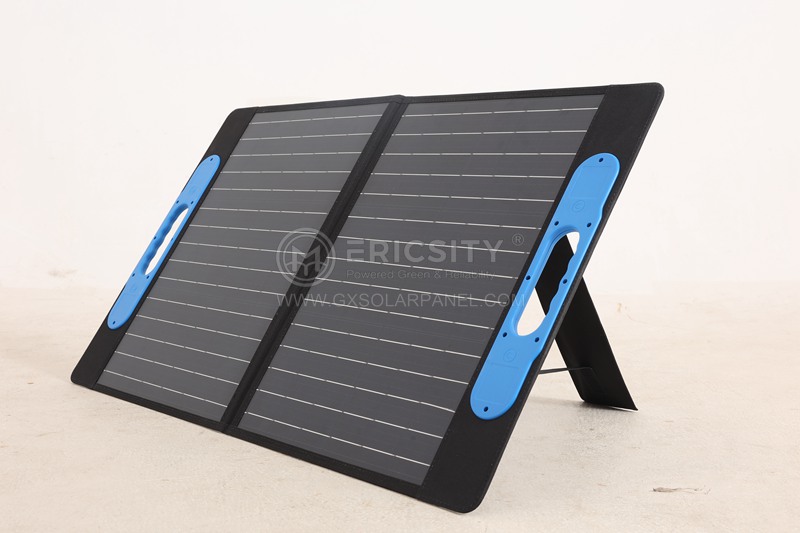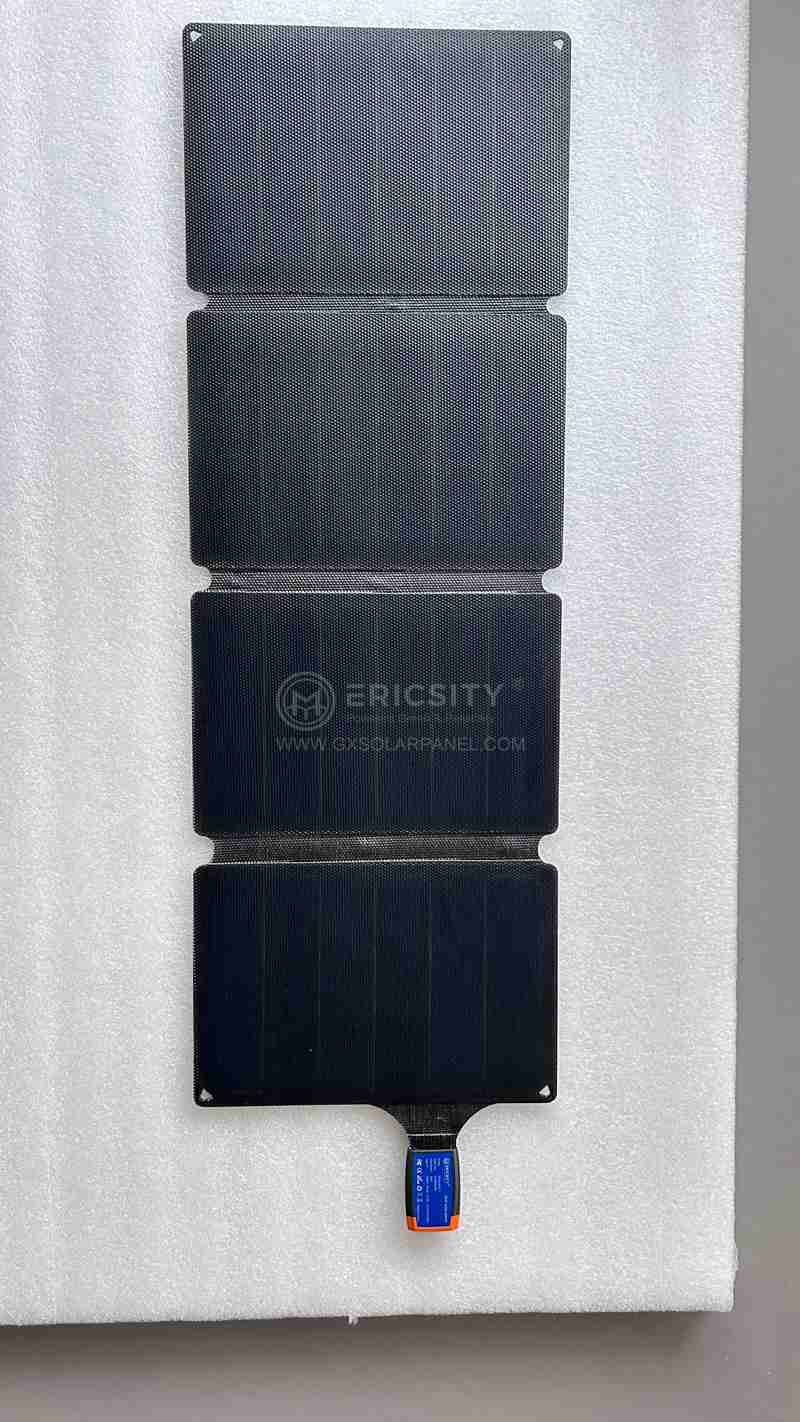HOT PRODUCT
Product Details
Custom Solar Solutions: Factors That Influence Price Per Watt
Title: Custom Solar Solutions: Factors That Influence Price Per Watt
Introduction
With the growing interest in renewable energy, solar power has become increasingly popular as a clean and sustainable energy source. Homeowners and businesses are taking advantage of custom solar solutions to not only reduce their carbon footprint but also save on electricity costs in the long run. When considering solar panel installations, understanding the factors that influence the price per watt is crucial for making informed decisions. This article explores the key factors that impact the price per watt of custom solar solutions.
1. System Size and Output
One of the primary factors affecting the price per watt of a custom solar solution is the system size and expected output. Larger systems, capable of generating more electricity, tend to have a lower price per watt due to economies of scale. Conversely, smaller systems may have a higher price per watt since the fixed costs of installation are distributed across fewer panels.
2. Solar Panel Efficiency

The efficiency of solar panels determines how effectively sunlight is converted into electricity. Higher efficiency panels cost more due to their advanced technology and increased power output. While these panels may have a higher initial cost, their improved performance can lead to greater long-term savings on electricity bills.

3. Solar Panel Type and Quality
The type and quality of solar panels play a significant role in determining the price per watt. Monocrystalline panels, known for their high efficiency and sleek appearance, generally command a higher price compared to polycrystalline panels. Similarly, premium-grade panels with enhanced durability, better temperature tolerance, and longer warranties are typically priced higher than standard panels.
4. Installation Complexity
The complexity of the installation process affects the overall cost of a custom solar solution. Factors that can contribute to increased complexity include roofing material, roof angle, shading issues, and any necessary structural modifications. These factors may require additional equipment or modifications to the installation process, increasing the price per watt.
5. Inverter Technology
Inverters are essential components of a solar power system, converting direct current (DC) electricity generated by the solar panels into alternating current (AC) usable by homes and businesses. String inverters are the most common and cost-effective option, but they suffer from reduced performance when panels operate under varying conditions. Microinverters or power optimizers, while more expensive, maximize energy production by optimizing the performance of each panel individually.
6. Location and Permitting Costs

Solar installation costs can vary based on geographic location and permitting requirements. Factors that influence price variations include local labor rates, permitting fees, grid connection costs, and building code compliance regulations. Certain areas may also necessitate specialized equipment to handle extreme weather conditions, such as snow or high winds, which can impact the price per watt.
7. Government Incentives and Rebates
Government incentives and rebates can significantly affect the price per watt of custom solar solutions. Various federal, state, and local programs provide financial incentives, tax credits, or rebates to homeowners and businesses adopting solar energy. These incentives help offset the upfront costs of installation, ultimately reducing the price per watt.
Conclusion
As the demand for renewable energy grows, understanding the factors that influence the price per watt of custom solar solutions is vital. Factors such as system size and output, solar panel efficiency and quality, installation complexity, inverter technology, location, and government incentives all play a role in determining the overall cost of a custom solar solution. By considering these factors and consulting with reputable solar providers, individuals and businesses can make informed decisions to harness the power of the sun, reduce their carbon footprint, and realize long-term energy savings.




